1 of
You are browsing the full text of the article: Industrial Art at the Academy
Click here to go back to the list of articles for
Issue:
Volume: 3 of Design For Today
| Design For Today 3 1935 Page: 5 | |||||||||||||||||||||||||||||||
| Industrial Art at the Academy | |||||||||||||||||||||||||||||||
|
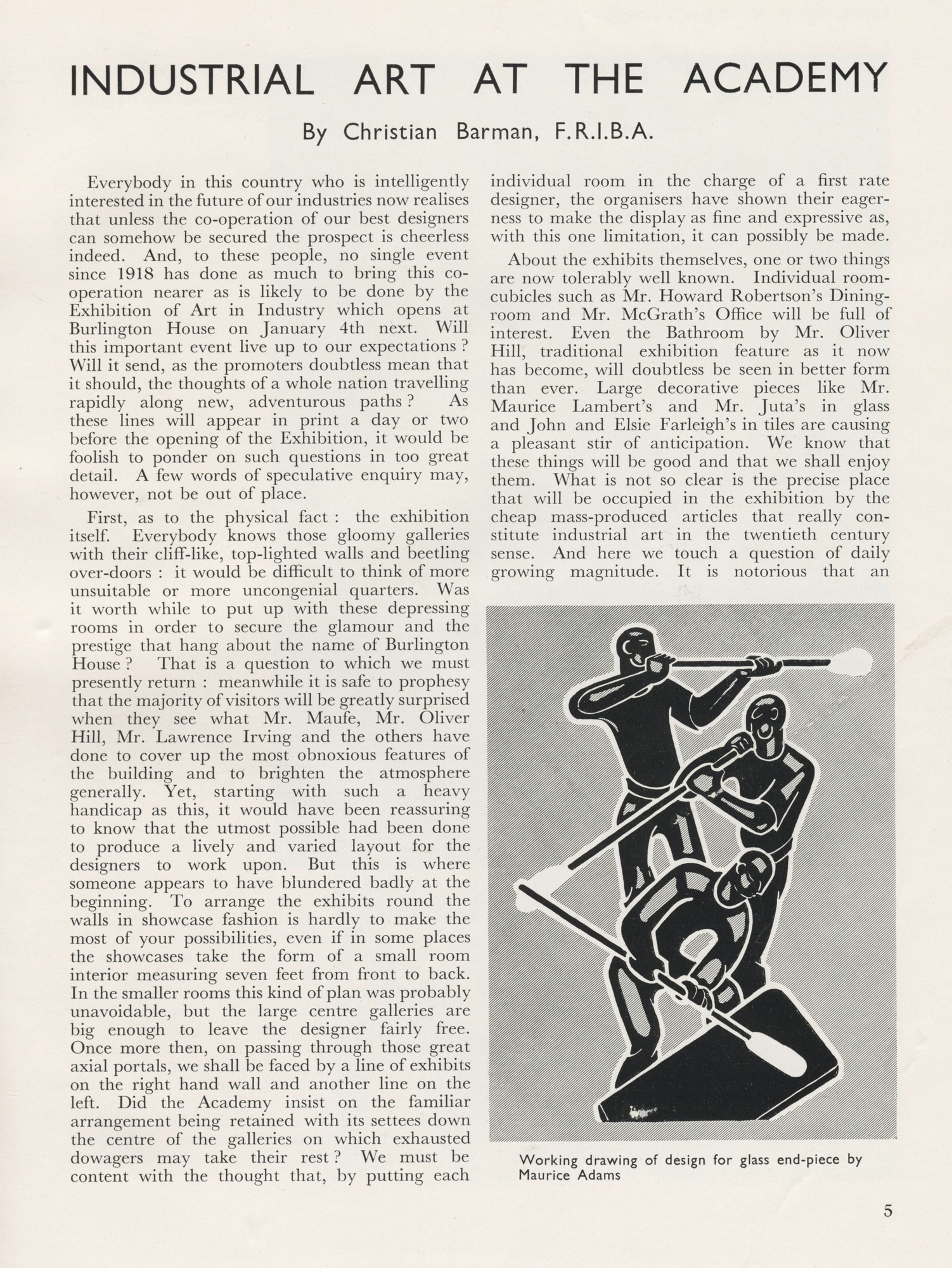
|
|
|||||||||||||||||||||||||||||
| Design For Today 3 1935 Page: 6 | |||||||||||||||||||||||||||||||
| Industrial Art at the Academy | |||||||||||||||||||||||||||||||
|
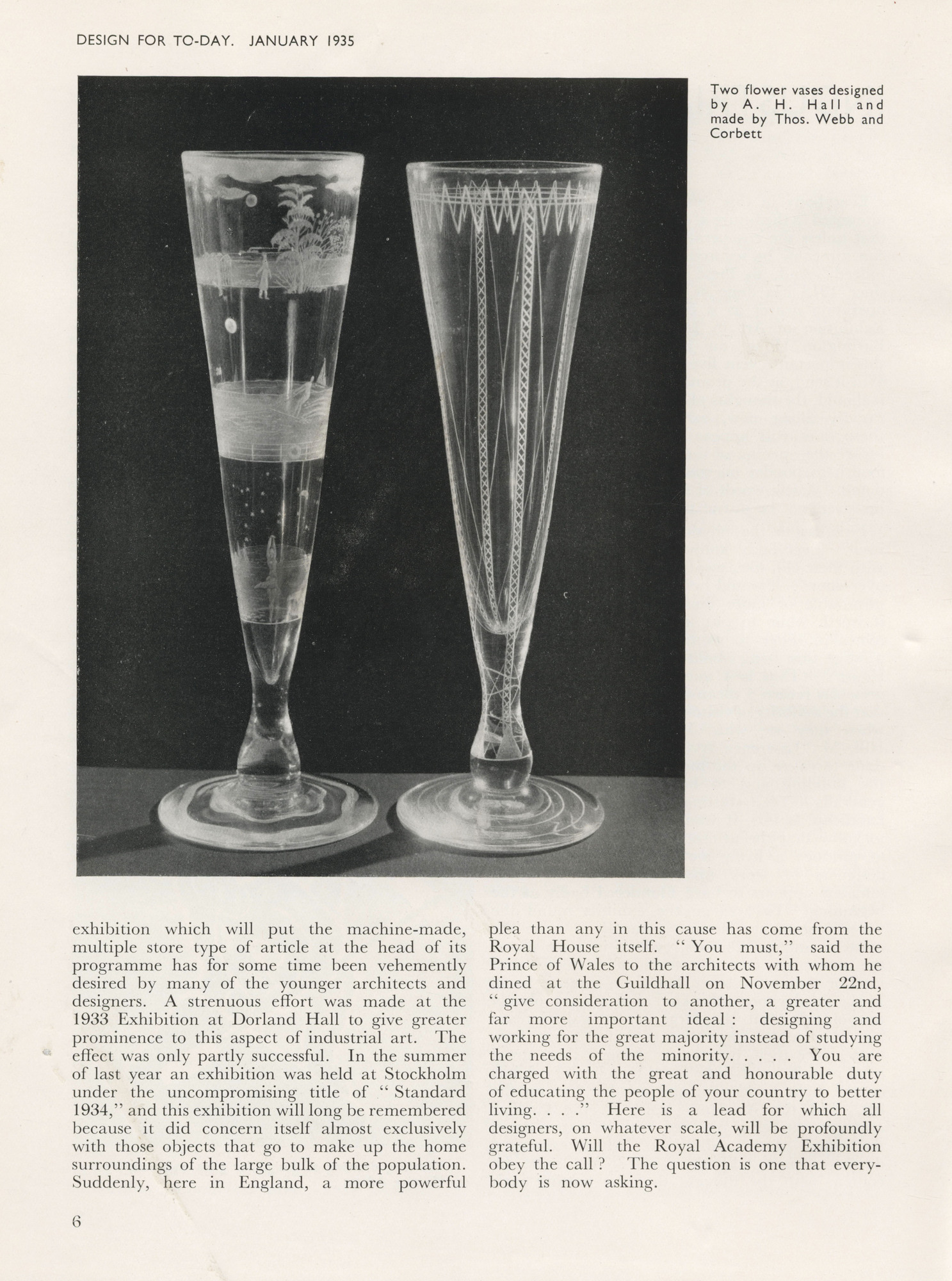
|
|
|||||||||||||||||||||||||||||
| Design For Today 3 1935 Page: 7 | |||||||||||||||||||||||||||||
| Industrial Art at the Academy | |||||||||||||||||||||||||||||
|
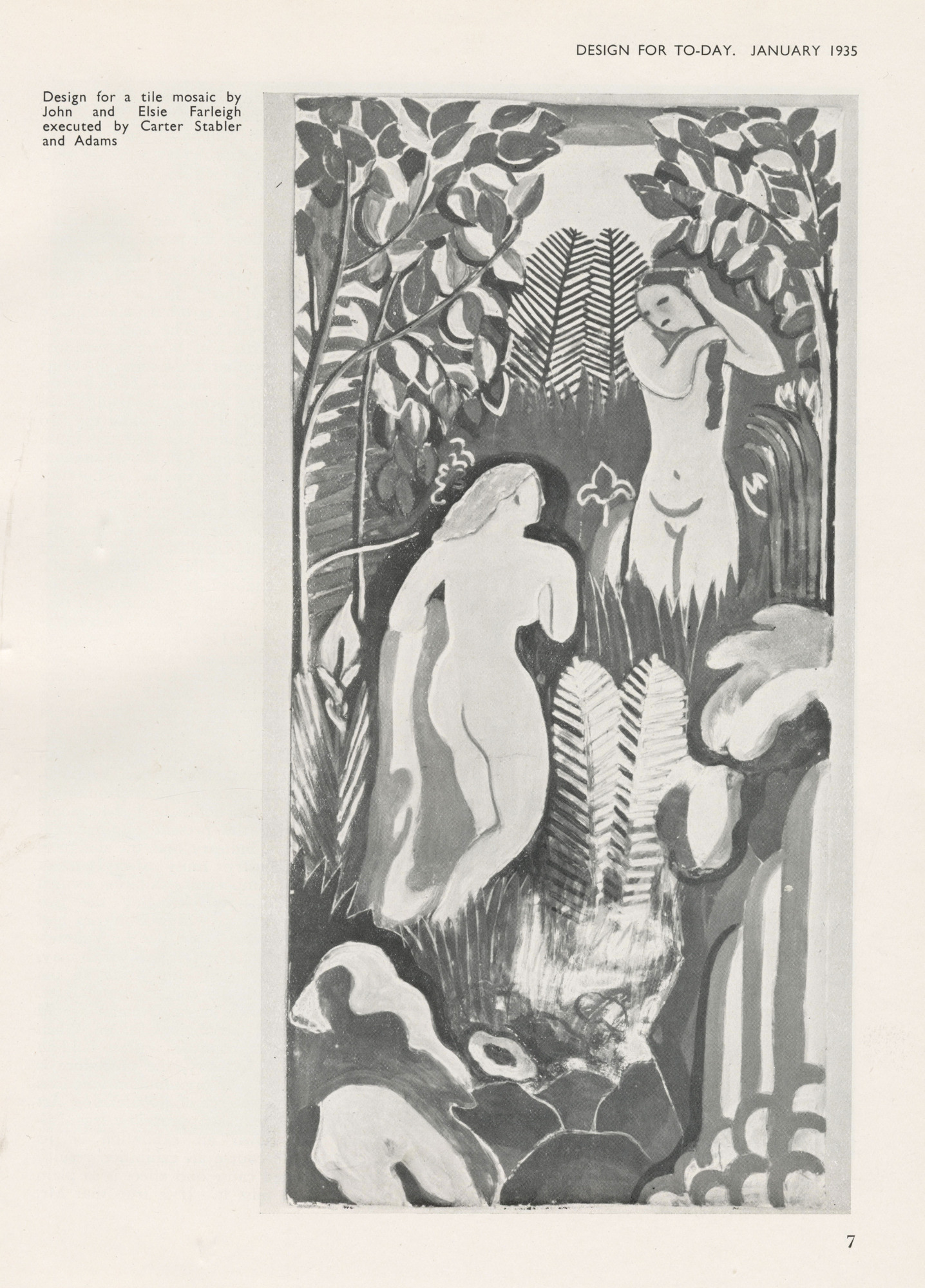
|
|
|||||||||||||||||||||||||||
| Design For Today 3 1935 Page: 8 | |||||||||||||||||||||||||||||||
| Industrial Art at the Academy | |||||||||||||||||||||||||||||||
|
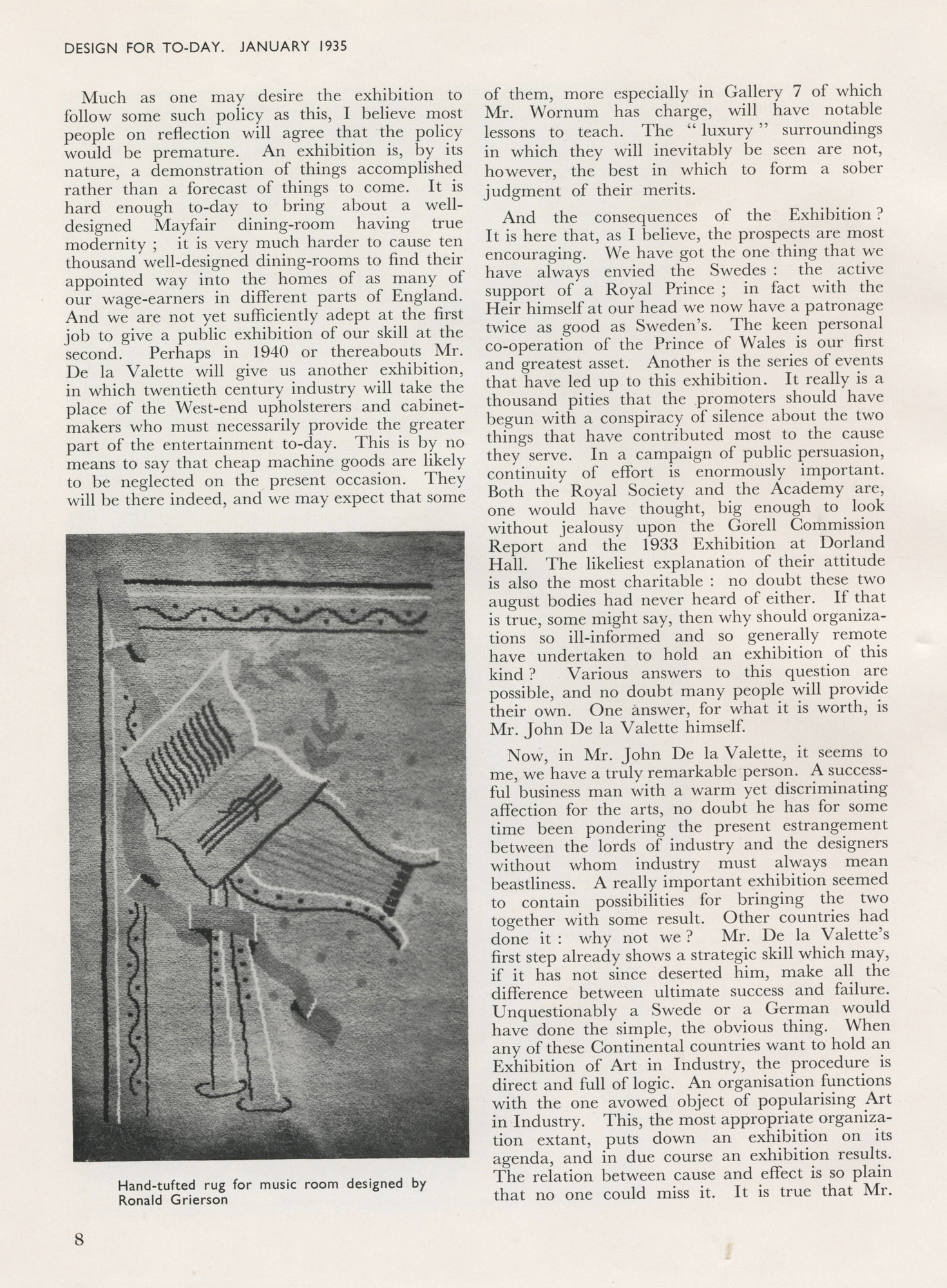
|
|
|||||||||||||||||||||||||||||
| Design For Today 3 1935 Page: 9 | ||||||||||||||||||||||||||
| Industrial Art at the Academy | ||||||||||||||||||||||||||
|
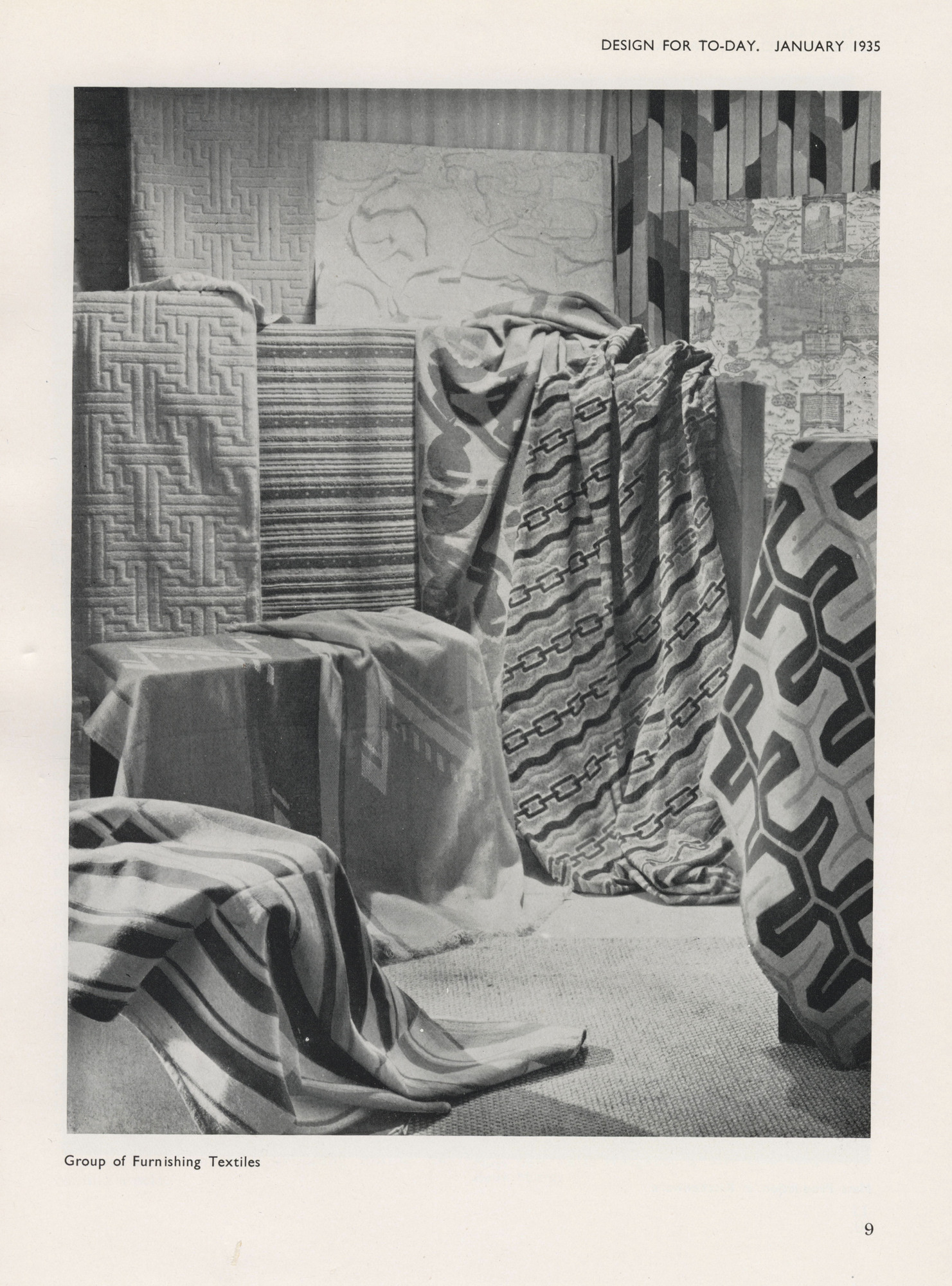
|
|
||||||||||||||||||||||||
| Design For Today 3 1935 Page: 10 | ||||||||||||||||||||||||||||
| Industrial Art at the Academy | ||||||||||||||||||||||||||||
|
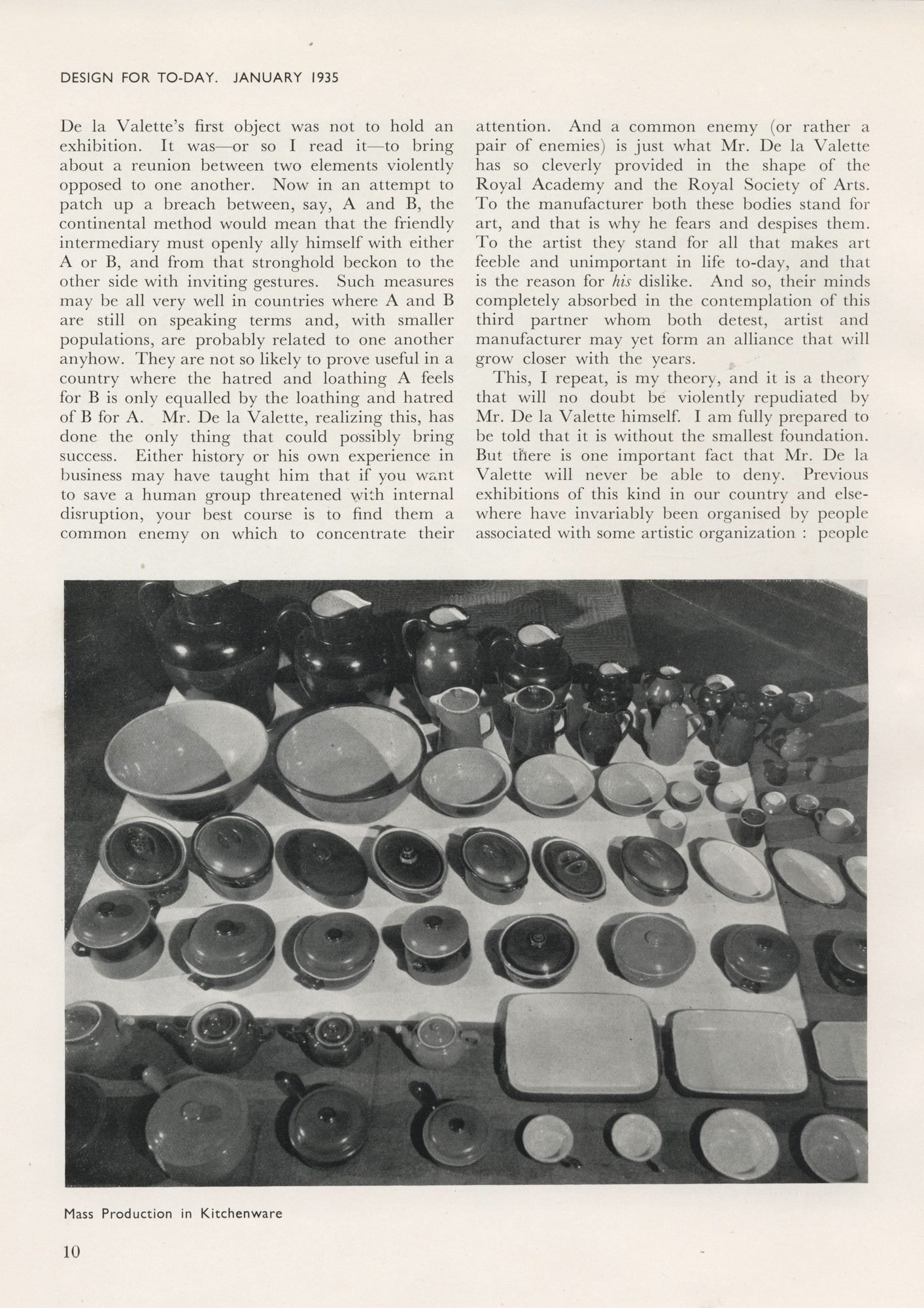
|
|
||||||||||||||||||||||||||
| Design For Today 3 1935 Page: 11 | |||||||||||||||||||||||||||||||
| Industrial Art at the Academy | |||||||||||||||||||||||||||||||
|
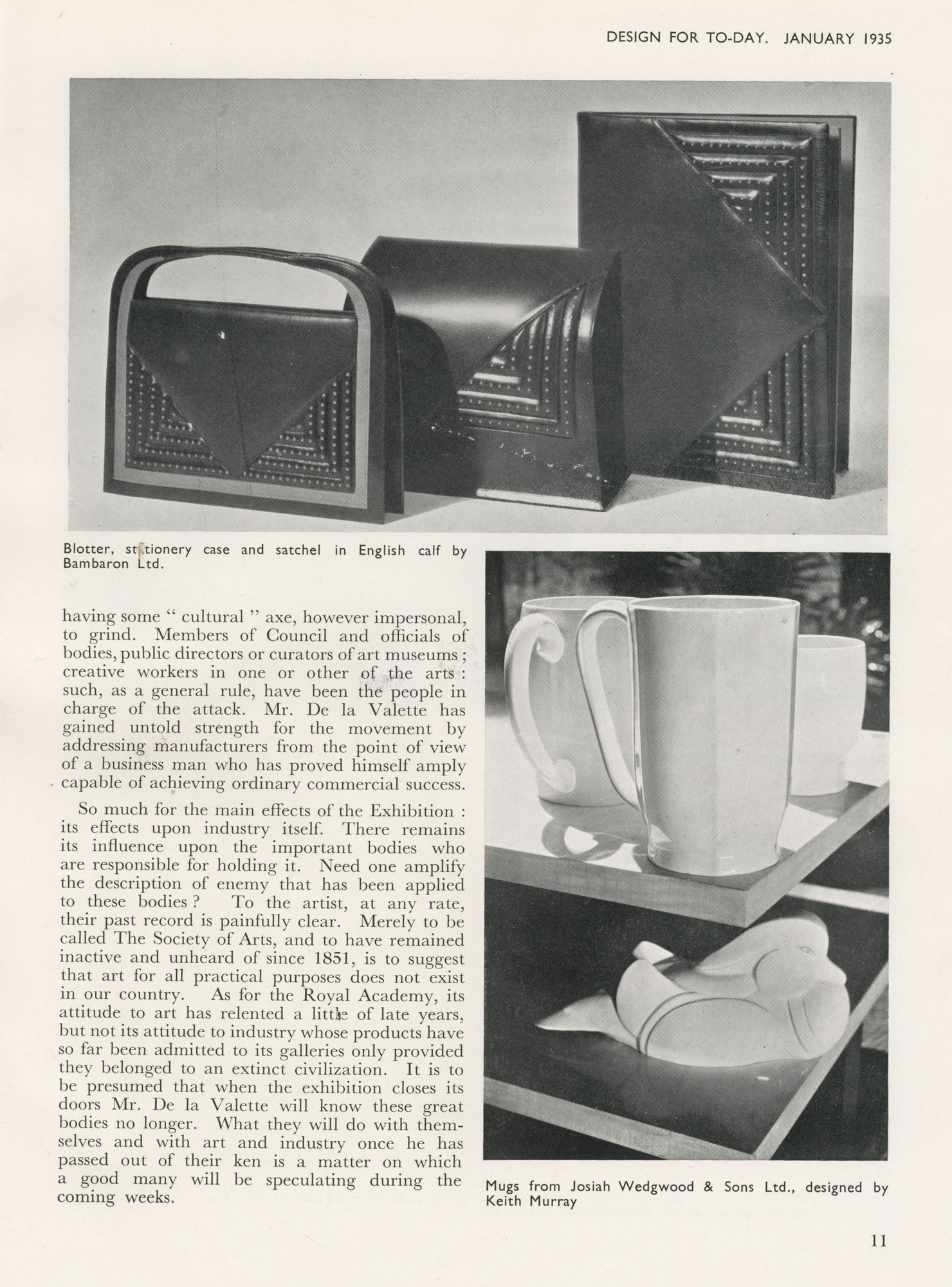
|
|
|||||||||||||||||||||||||||||






